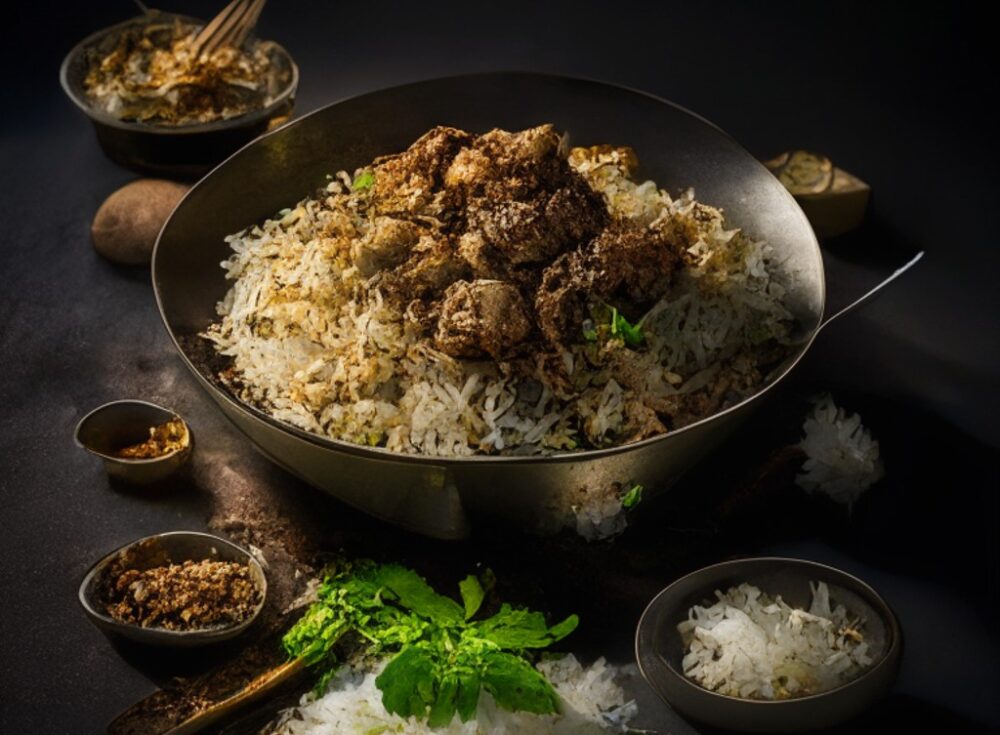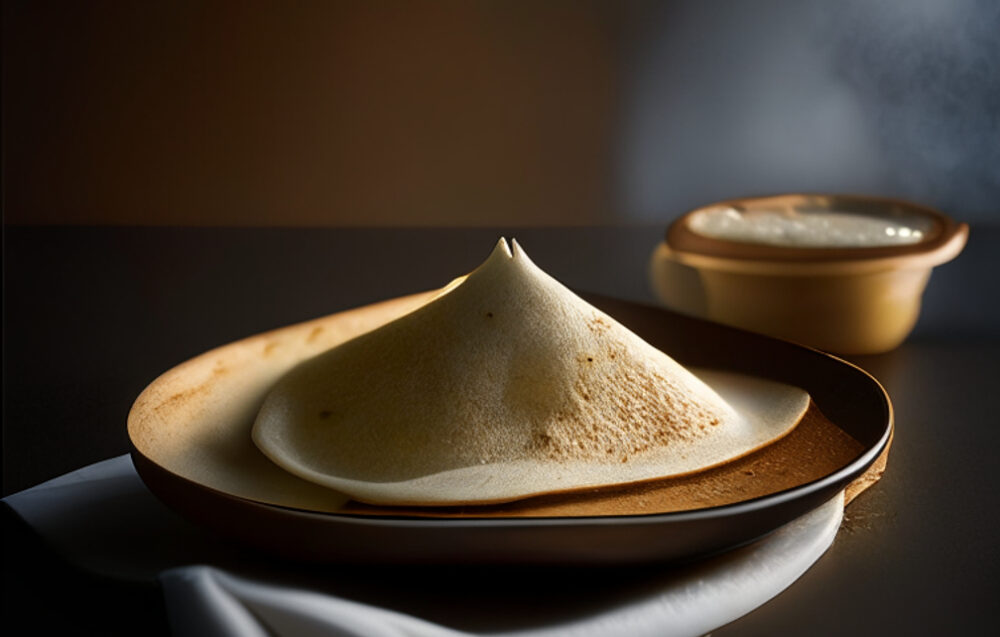Samosa is an iconic Indian snack that has gained worldwide popularity for its irresistible taste and unique triangular shape. With a crispy golden-brown crust and a flavorful filling, samosas are a delightful treat enjoyed by people of all ages. Whether you prefer the classic potato-filled samosas or crave adventurous variations, this savoury snack never fails to satisfy your taste buds. In this article, we will explore the essence of samosa, including its ingredients, variations, and tips to make and savour this mouthwatering delicacy.
Ingredients and Filling
The basic ingredients for samosa include dough made from all-purpose flour, oil, and water, which is rolled out into thin sheets. The filling is traditionally made with spiced potatoes, peas, and a blend of aromatic spices like cumin, coriander, turmeric, and garam masala. However, samosas offer endless possibilities for fillings, including minced meat, paneer (Indian cottage cheese), lentils, or even sweet fillings for dessert samosas.
Popular Samosa Variations:
- Potato Samosa: This is the most common and beloved variation, filled with a mixture of mashed potatoes, peas, and spices. It is often served with mint chutney or tamarind chutney.
- Vegetable Samosa: In this variation, a combination of vegetables such as carrots, beans, corn, and cauliflower is used as the filling. It offers a medley of flavours and textures.
- Meat Samosa: A non-vegetarian delight, meat samosas are filled with minced meat (commonly chicken or lamb) cooked with aromatic spices. These samosas are a popular street food in many parts of India.
- Paneer Samosa: Paneer (Indian cottage cheese) is crumbled and mixed with spices to create a rich and creamy filling for a delectable vegetarian option.
- Dessert Samosa: For those with a sweet tooth, dessert samosas are filled with ingredients like chocolate, nuts, or sweetened fruits. They are often served with a drizzle of honey or a sprinkle of powdered sugar.
Tips for Making and Serving Samosa:
- Dough Preparation: Ensure that the dough is kneaded well until it is smooth and pliable. Resting the dough for at least 20-30 minutes before rolling it out helps achieve a crispy crust.
- Filling: Cook the filling ingredients thoroughly to ensure the flavours blend well together. Allow the filling to cool completely before stuffing it into the samosa.
- Shaping and Frying: Roll out the dough into thin circles cut them into semi-circles, and fold them into triangular pockets to enclose the filling. Deep fry the samosas in hot oil until they turn golden brown and crispy.
- Serving Suggestions: Samosas are typically enjoyed with chutneys like mint chutney, tamarind chutney, or tomato ketchup. They can be served as a standalone snack or as part of a larger meal.
Conclusion
Samosa is a beloved snack that brings joy and satisfaction with every bite. Its crispy exterior, flavorful fillings, and endless variations make it a favourite across the globe. Whether you indulge in the classic potato samosa or venture into the world of meat, vegetable, or dessert samosas, this triangular delight will surely tantalize your taste buds. So, next time you crave a savoury snack, grab a samosa, dip it in your favourite chutney, and let the explosion of flavours transport you to the vibrant streets of India.





